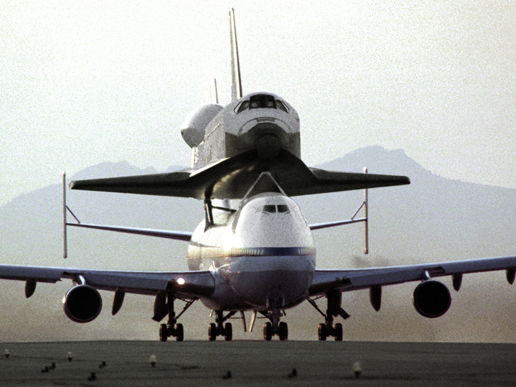
A worker from Marshall's Rapid Prototype Group inspects a prototype of the rocket based combined cycle engine (RBCC). Rapid prototyping group provides engineering models for many MSFC projects. The group takes computer designs from Marshall engineers and then make models based on these designs. They use many irnovative techniques to provide Marshall engineers with models of their designs. Photo Credit: NASA Marshall Space Flight Center
Background
Rapid Prototyping is a viable approach to product development on projects and initiatives whose success depends on a significant amount of customer input. The customer is allowed to look, touch, and feel the product prior to final development and manufacturing. Rapid Prototyping is also useful in situations where requirements are difficult to describe. Product prototypes can be developed on an incremental basis and tested against the requirements prior to building the final configuration. This is an approach that works especially well in developing software tools that have man-machine interfaces. Overall, rapid prototyping provides quality and timely customer feedback, mitigates requirements creep, causes fewer changes to the final design, and results in higher-quality end products at less cost.
Procedure
- Define customer or end user.
- Assemble the customer, designers and developers into an Integrated Product Development Team. Note that some members of the team may require training.
- Develop as a team the preliminary set of requirements.
- Baseline the requirements. This will provide traceability and configuration management.
- Develop an initial prototype that provides the look and feel for customer feedback.
- Incorporate comments and develop the next version of the prototype.
- Develop a final version of the product by adding functionality. The designer and product development team also benefit from the availability of the prototype.
- Incorporate comments and develop the next version of the prototype.
- Develop a final version of the product by adding functionality.
- Place final version under configuration control.
About the Author
| Kern Witcheris the deputy program manager for Operations in the Geospace Applications and Development Directorate at John C. Stennis Space Center. |






